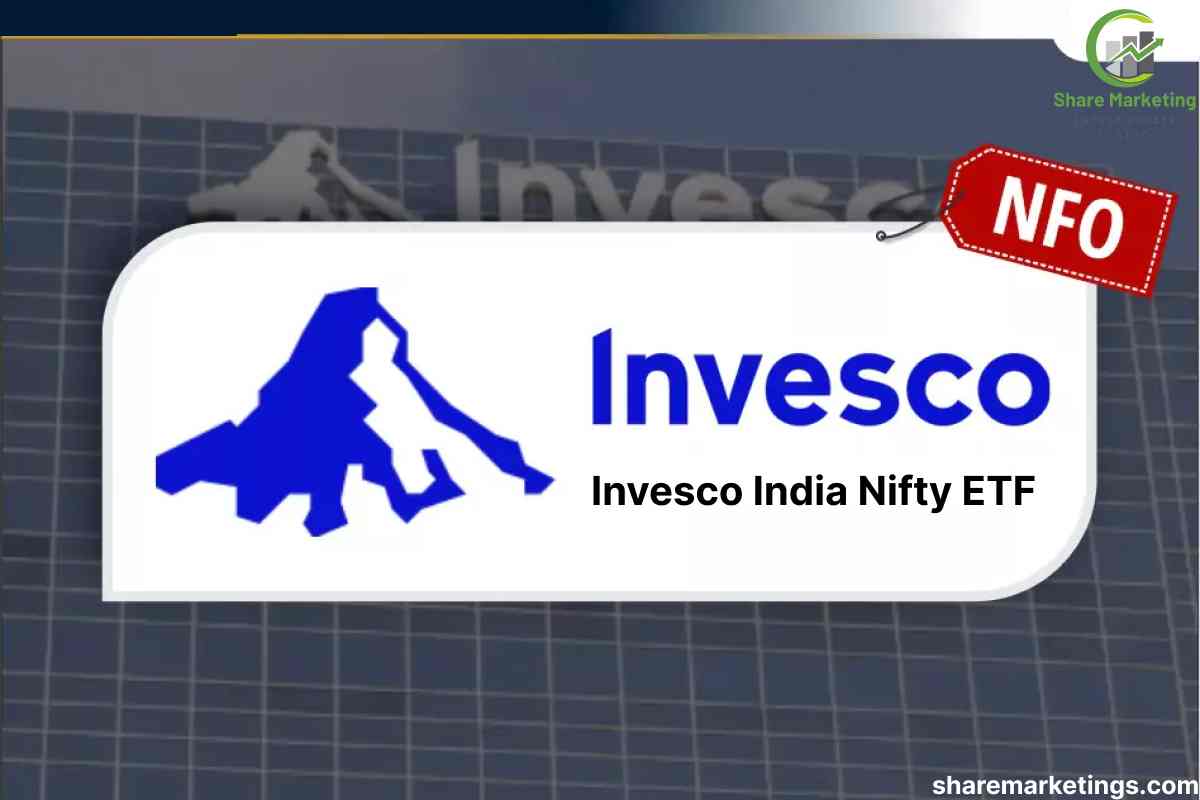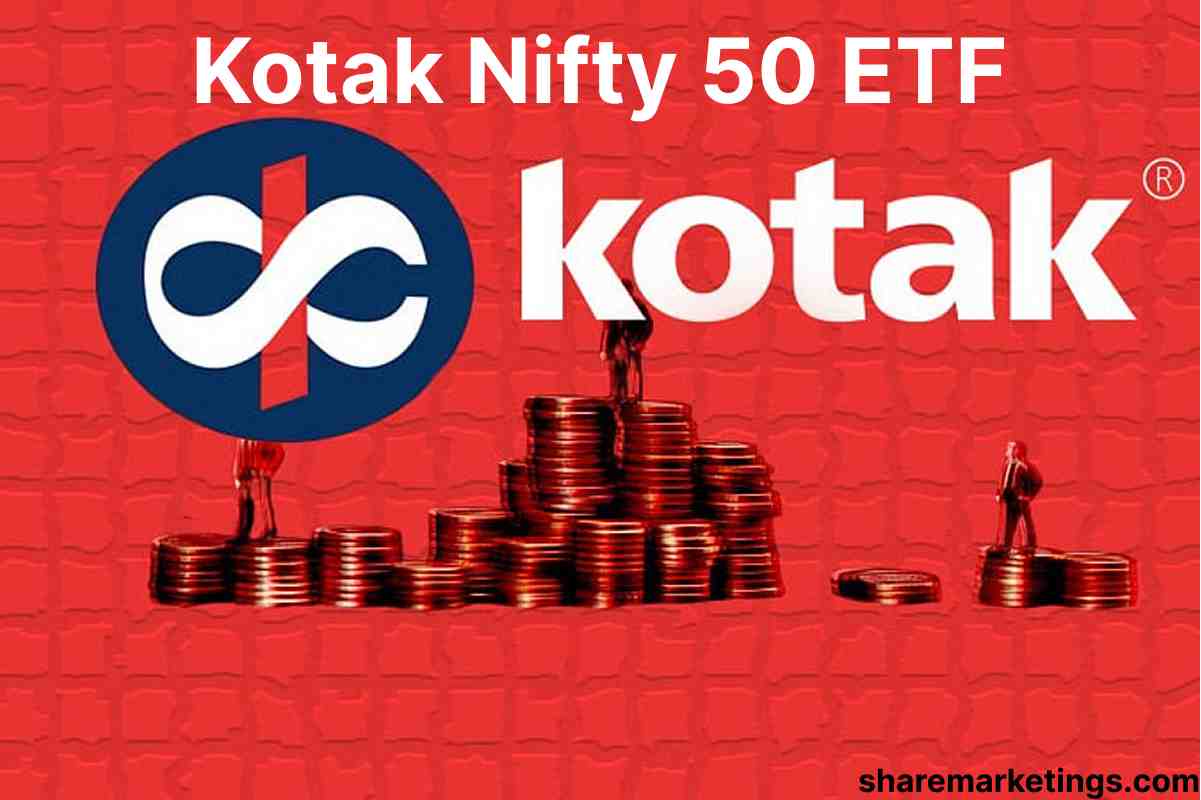The Invesco India Nifty ETF is a passively managed fund that aims to replicate the performance of the Nifty 50 Index, which comprises 50 of the largest Indian companies listed on the NSE.
Key Details:
- Launch Date: June 13, 2011
- Fund Manager: Kuber Mannadi (since May 19, 2020)
- Expense Ratio: 0.10% (as of October 31, 2024)
- Assets Under Management (AUM): ₹88.94 crore (as of September 30, 2024)
- Net Asset Value (NAV): ₹2,731.74 (as of December 2, 2024)
Invesco India Nifty ETF Share Price
The Invesco India Nifty ETF, trading under the ticker symbol ‘IVZINNIFTY’ on the National Stock Exchange (NSE) of India, aims to replicate the performance of the Nifty 50 Index, comprising 50 of the largest and most liquid Indian companies.
Recent Performance:
As of December 18, 2024:
- Closing Price: ₹2,731.85
- 52-Week Range: ₹2,358.50 – ₹3,100.00
Key Metrics:
- Expense Ratio: 0.10%
- Assets Under Management (AUM): ₹88.94 crore (as of September 30, 2024)
Performance:
- 1-Year Return: 21.08%
- 3-Year Return: 13.63% (annualized)
- 5-Year Return: 16.00% (annualized)
- Since Inception: 12.68% (annualized)
Portfolio Composition:
- Equity Allocation: Approximately 99.88% in equities
- Top 10 Holdings: Constitute around 54.78% of the assets
- Top 3 Sectors: Account for approximately 58.68% of the assets
Tax Implications:
- Short-term Capital Gains (STCG): If units are redeemed within 1 year, gains are taxed at 15%.
- Long-term Capital Gains (LTCG): For units redeemed after 1 year, gains up to ₹1 lakh in a financial year are exempt from tax; gains exceeding ₹1 lakh are taxed at 10%.
How to Invest:
Investors can purchase units of the Invesco India Nifty ETF through the NSE using the ticker symbol ‘IVZINNIFTY’. A demat and trading account with a registered stockbroker is required for transactions.
Conclusion:
The Invesco India Nifty ETF offers investors an opportunity to participate in the performance of the Nifty 50 Index with a low expense ratio. However, potential investors should consider their risk tolerance and investment horizon, given the fund’s ‘Very High’ risk classification.
Invesco India Nifty ETF Top Holdings
As of the latest available data, the top holdings of the Invesco India Nifty 50 ETF include:
- Reliance Industries Ltd.: A conglomerate with interests spanning petrochemicals, refining, oil, telecommunications, and retail.
- HDFC Bank Ltd.: One of India’s leading private sector banks, offering a wide range of banking and financial services.
- ICICI Bank Ltd.: A major private sector bank providing diverse banking products and services.
- Infosys Ltd.: A global leader in technology services and consulting, specializing in IT solutions.
- Housing Development Finance Corporation Ltd.: A premier housing finance company offering home loans and related services.
- Tata Consultancy Services Ltd.: A multinational IT services and consulting company, part of the Tata Group.
- Kotak Mahindra Bank Ltd.: A prominent private sector bank offering a range of financial services.
- ITC Ltd.: A diversified conglomerate with interests in FMCG, hotels, paperboards, and packaging.
- Larsen & Toubro Ltd.: A major engineering and construction company operating in various sectors.
- Axis Bank Ltd.: One of India’s leading private sector banks, providing a range of financial services.
Sector Allocation:
The fund’s investments are diversified across various sectors, with major allocations in:
- Financial Services: Approximately 37.47%
- Information Technology: Around 14.89%
- Oil & Gas: About 12.44%
This sector distribution aligns with the composition of the Nifty 50 Index, ensuring that the ETF accurately reflects the index’s performance.
Investment Objective:
The Invesco India Nifty ETF aims to generate returns that closely correspond to the returns generated by the securities represented by the Nifty 50 Index, subject to tracking error.
Conclusion:
By investing in the Invesco India Nifty 50 ETF, investors gain exposure to India’s top 50 companies across various sectors, providing a diversified investment option that mirrors the performance of the Nifty 50 Index.

Invesco India Nifty ETF Returns
The Invesco India Nifty ETF aims to replicate the performance of the Nifty 50 Index, providing investors with exposure to 50 of the largest and most liquid Indian companies listed on the NSE.
Performance Overview:
As of August 9, 2023, the fund has delivered an annualized return of 12.07% since its inception.
Returns Table:
| Time Period | Annualized Return (%) |
| 1-Year | 21.08% |
| 3-Years | 13.63% |
| 5-Years | 16.00% |
| Since Inception (June 13, 2011) | 12.07% |
Strengths of Invesco India Nifty 50 ETF
1) Diversified Exposure:
- The ETF provides exposure to the top 50 blue-chip companies in India across various sectors, reducing company-specific risk.
2) Low Expense Ratio:
- With an expense ratio of 0.10%, this ETF is cost-effective compared to actively managed funds.
3) Index-Based Returns:
- It closely tracks the Nifty 50 Index, which represents India’s economic growth and has historically provided stable returns.
4) Liquidity and Transparency:
- As an ETF, it is traded on stock exchanges, offering liquidity and real-time pricing.
5) Passive Management:
- No fund manager bias; the ETF simply replicates the Nifty 50 Index, making it less prone to human errors in stock selection.
Risks of Invesco India Nifty 50 ETF
1) Market Volatility:
- The ETF is fully market-linked, meaning returns fluctuate with market movements, especially during downturns.
2) Tracking Error:
- While it aims to replicate the Nifty 50, minor deviations (tracking error) can occur due to fees, cash holdings, or other inefficiencies.
3) No Active Management Advantage:
- Unlike actively managed funds, this ETF cannot outperform the index by picking better stocks or adjusting allocations.
4) No Dividend Payouts:
- Any dividends received from the underlying stocks are reinvested, meaning investors don’t receive direct dividend income.
5) Sector Concentration Risk:
- The fund has a high allocation to financial services (~37%), making it vulnerable to downturns in that sector.
Conclusion:
- Best for: Long-term passive investors who want Nifty 50 exposure at a low cost.
- Not ideal for: Investors seeking actively managed returns, sector diversification beyond Nifty 50, or regular dividend income.
SBI BSE Sensex ETF: All You Need To Know About ETF
Tata Nifty 50 ETF Review 2024: All You Need To Know
UTI BSE Sensex ETF: All You Need To Know
Disclaimer: The content on this website is intended for informational purposes only and should not be interpreted as financial or investment advice. Engaging in stock market activities involves inherent risks, and outcomes can be unpredictable. While we strive to provide accurate and up-to-date information, we do not make any guarantees regarding the completeness or reliability of the content. Any investment decisions you make should be based on your own research and consultation with a qualified financial professional. We are not responsible for any financial gains or losses resulting from actions taken based on the information provided here. Always invest wisely and at your own risk.



